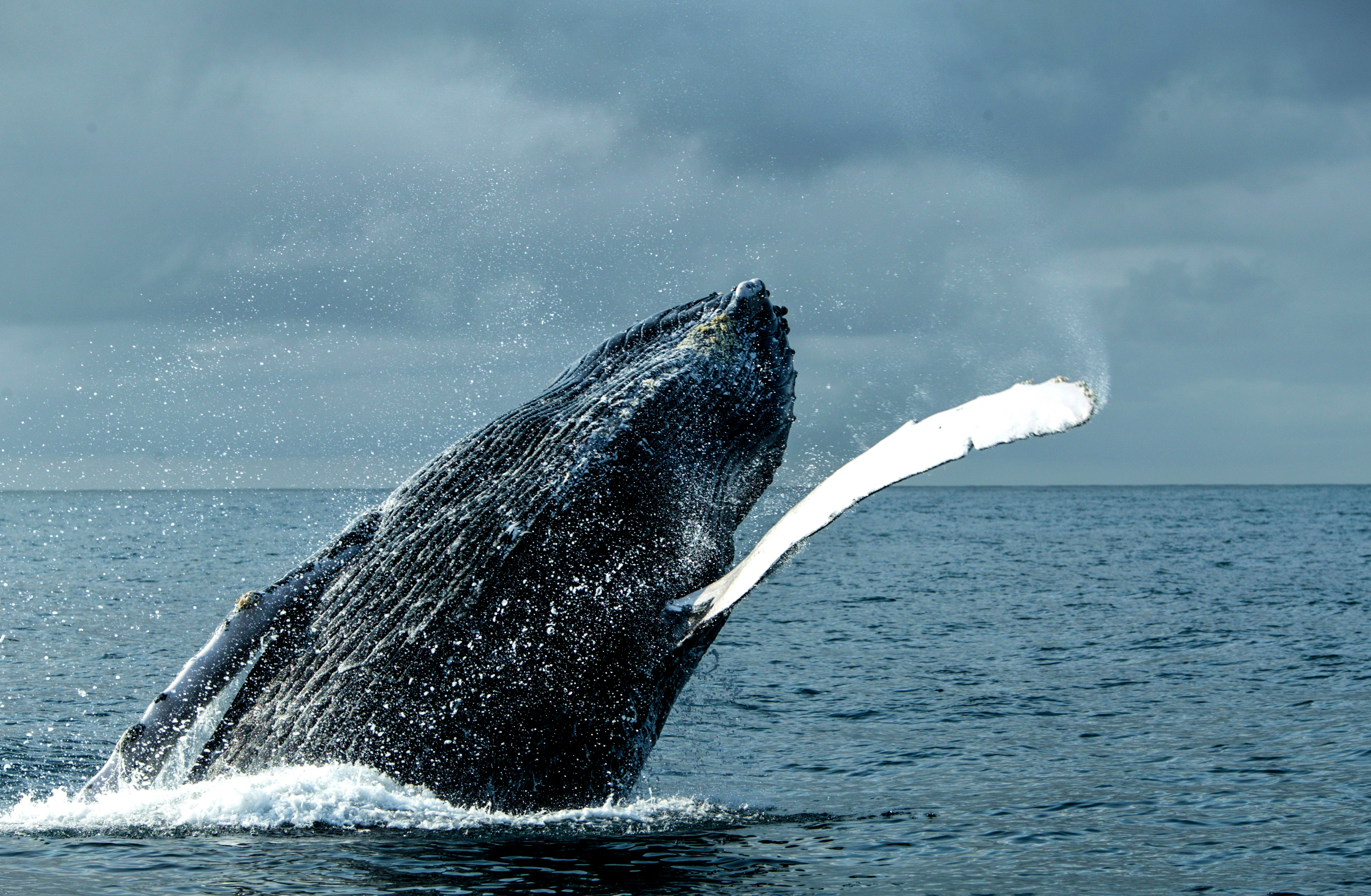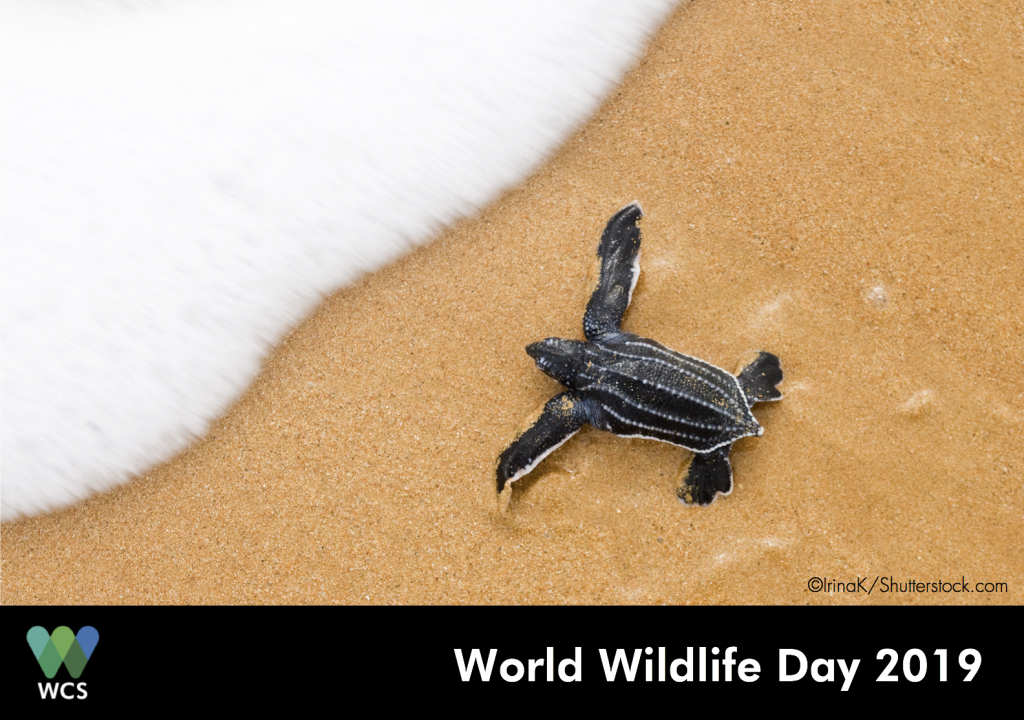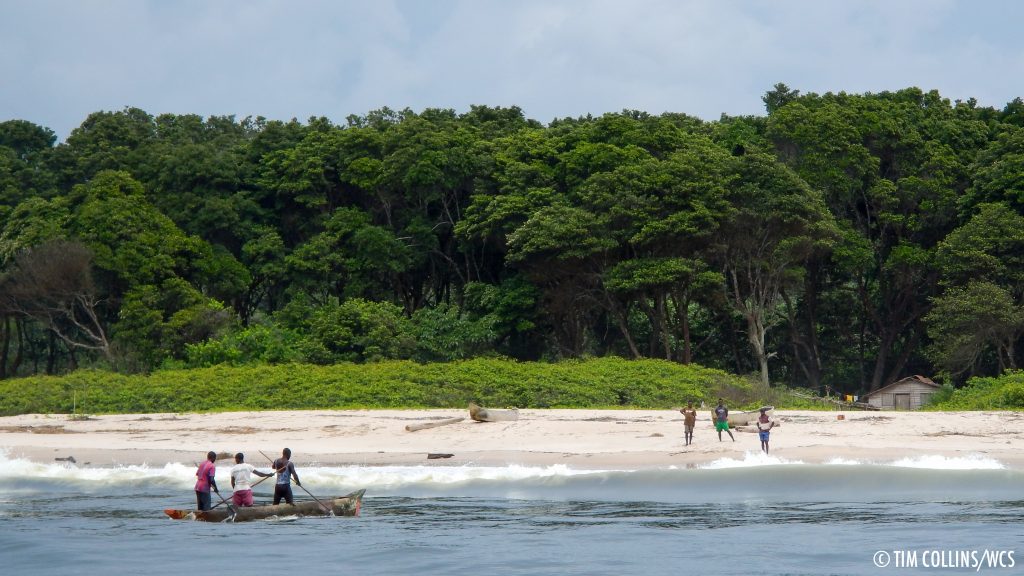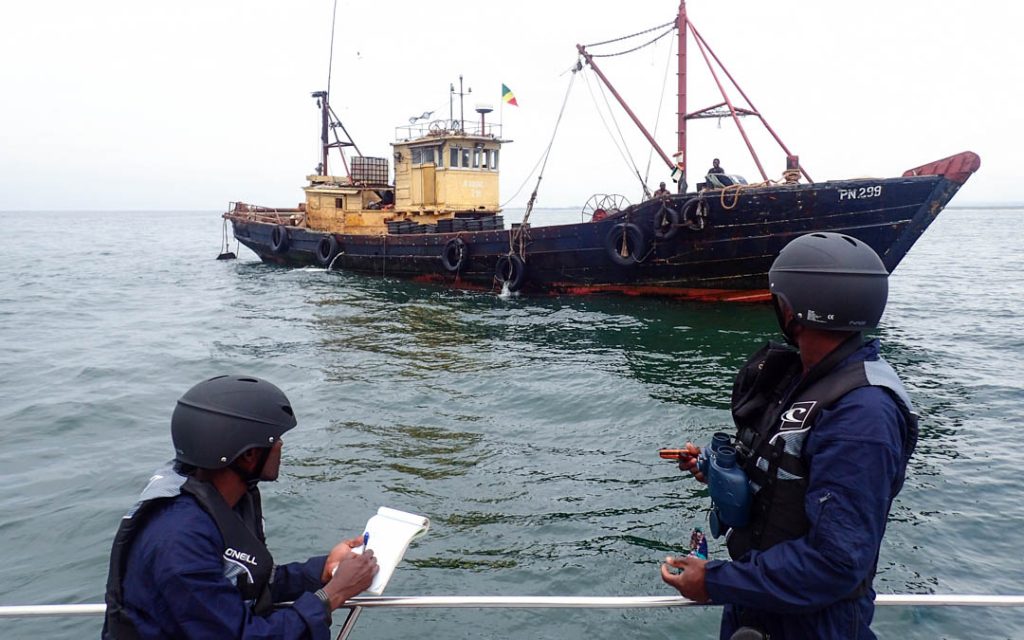
Life below water : for people and planet
Across the globe over three billion people rely on coastal and marine biodiversity for their livelihoods, but the ocean is now heavily affected by over-exploitation, climate change and pollution. This year’s theme for World Wildlife Day “Life below water: for people and planet” raises awareness on one of the most important environmental challenges currently being faced: the plight of the world’s oceans.
Many communities living along the Republic of Congo’s coastline depend on fishing for their livelihoods, and the fisheries sector is vital to the country’s food security. It is here where the warmer more turbid Gulf of Guinea meets the cooler waters of southern Africa. This transition zone encompasses some of the world’s most productive fishing areas, and a wealth of marine biodiversity. However, Congo, like many coastal countries, is under pressure from Illegal, Unregulated and Unreported (IUU) fishing. To tackle this issue WCS Congo, together with the Congolese Government and other partners, initiated a broad marine conservation program aimed at strengthening and increasing Marine Protected Areas (MPA) as well as ensuring the sustainable management of marine resources. The core aim of the Congo Marine Program is to use science to better inform decision-making in order to transform marine resource governance in Congo. Two years down the line the program has already had an important impact on the protection and management of Congo’s coastal waters.

The Congo Marine Program has developed a Marine Spatial Planning operational framework to help guide decision making for the conservation of Congo’s marine biodiversity while at the same time allowing sustainable use of the economic potential of its oceans. Two new marine-protected areas, Loango Bay and Mvassa, have been planned as a result of this process, as well as the expansion of the marine component of Conkouati-Douli National Park. This protected area plan improves the representation of biodiversity and protects ecologically important areas and processes, whilst minimising the potential impacts on the women and men who rely on the ocean for their livelihoods.
The planned MPAs largely avoid areas that make a significant contribution to the national economy, local livelihoods and food security. This Marine Protected Area expansion plan will take the area under formal protection within the Republic of Congo’s Exclusive Economic Zone (EEZ) from approximately 3.5% up to nearly 11% thereby making a significant contribution to international goals to protect a minimum of 10% of coastal and marine areas. The resulting proposal also augments regional efforts to enhance biodiversity protection as the proposed extension to Conkouati-Douli National Park would lead to the creation of the largest transboundary marine protected area complex in Central Africa, covering over 32,000 square kilometres.

Working with the authorities responsible for the management of Congo’s fisheries to build capacity is another key activity of the Congo Marine Program, to ensure good governance of Congo’s coastal waters. At the end of last year, a new, specialised marine law-enforcement team was trained by a WCS marine expert, with support from the US Fish and Wildlife Service (USFWS). The training covered the planning and execution of monitoring missions. This support has made it possible to define protocols and planning tools to improve the safety and efficiency of operations. The marine law-enforcement team has now taken to the sea to ensure that Congo’s fisheries laws are being properly enforced to protect Congo’s fish stocks and marine biodiversity, and that fines for infractions are issued and collected. Nearly a third of attempts to monitor fishing vessels are obstructed, highlighting the importance of a professional and well-trained law-enforcement team, and in the first few months of surveillance activities 80% of the boats checked were in infraction of fishing laws.

The project also recently started supporting the fisheries administration in monitoring Elasmobranch (sharks and rays) catches by artisanal fisheries. In the last quarter of 2018 nearly 15,000 sharks – equivalent to 43 tons, and 1,486 rays – equivalent to 7.8 tons were counted. This project is in the initial phase and will continue over 2019 in order to gather accurate annual estimates.
There is still a long road ahead, but the government of Congo, with the support of WCS, is fully engaged in putting in place the first steps needed to ensure improved, informed governance of Congo’s marine resources. Once Congo’s Marine Protected Area network has been expanded, to provide more space and protection for important fish stocks and marine biodiversity to breed and recover, there is hope that Congolese coastal communities can continue to live off of the ocean for many years to come.

